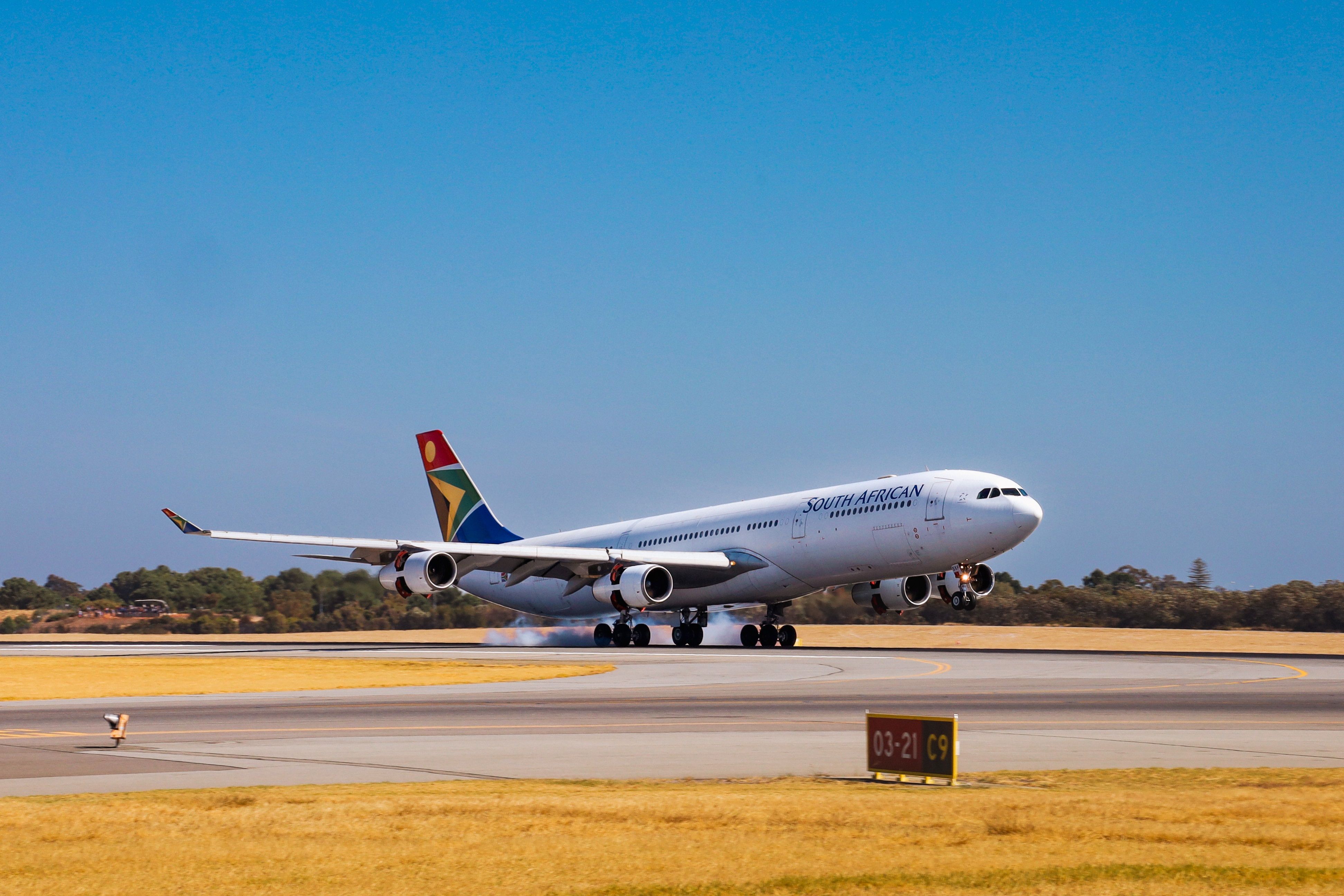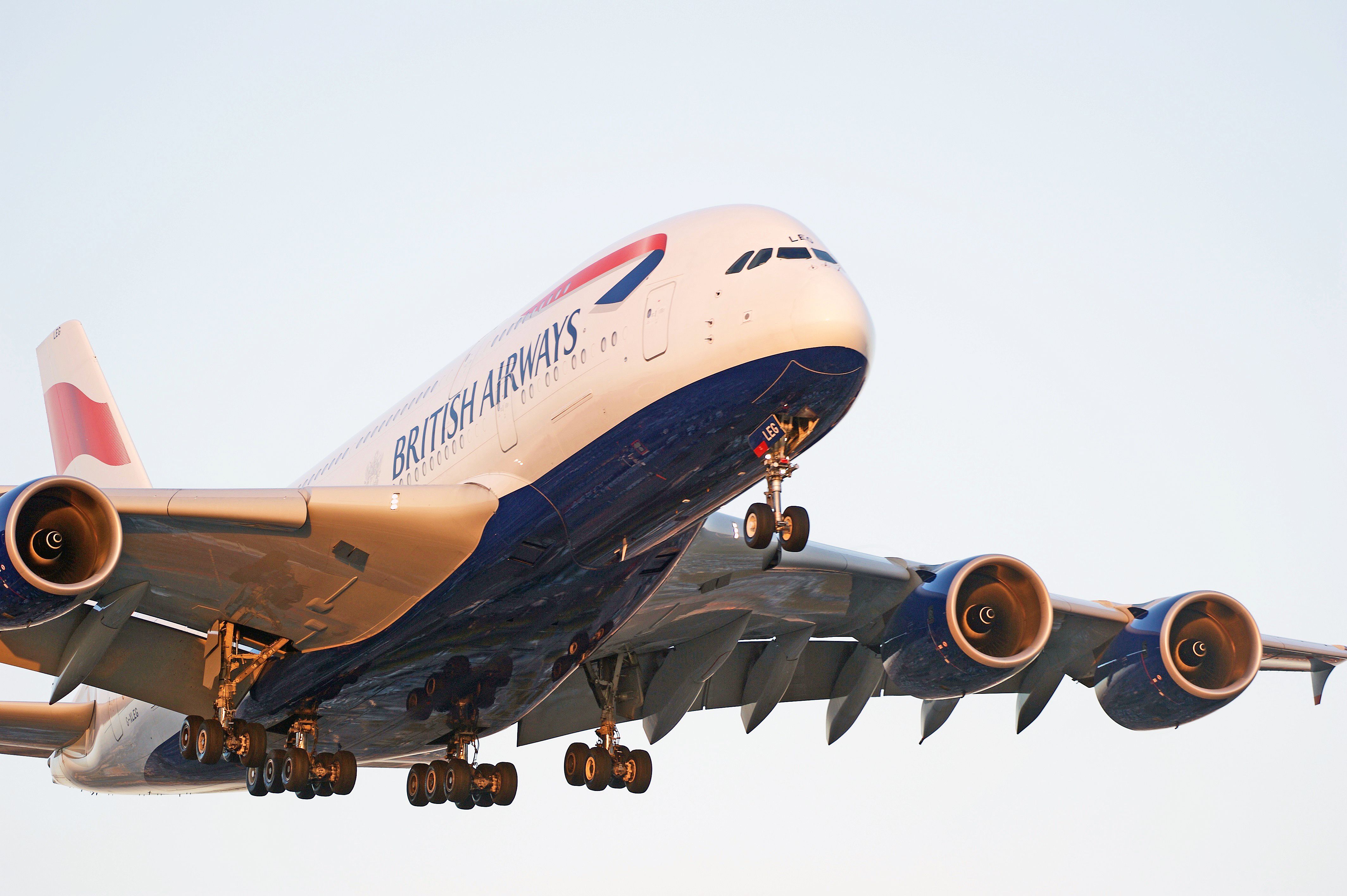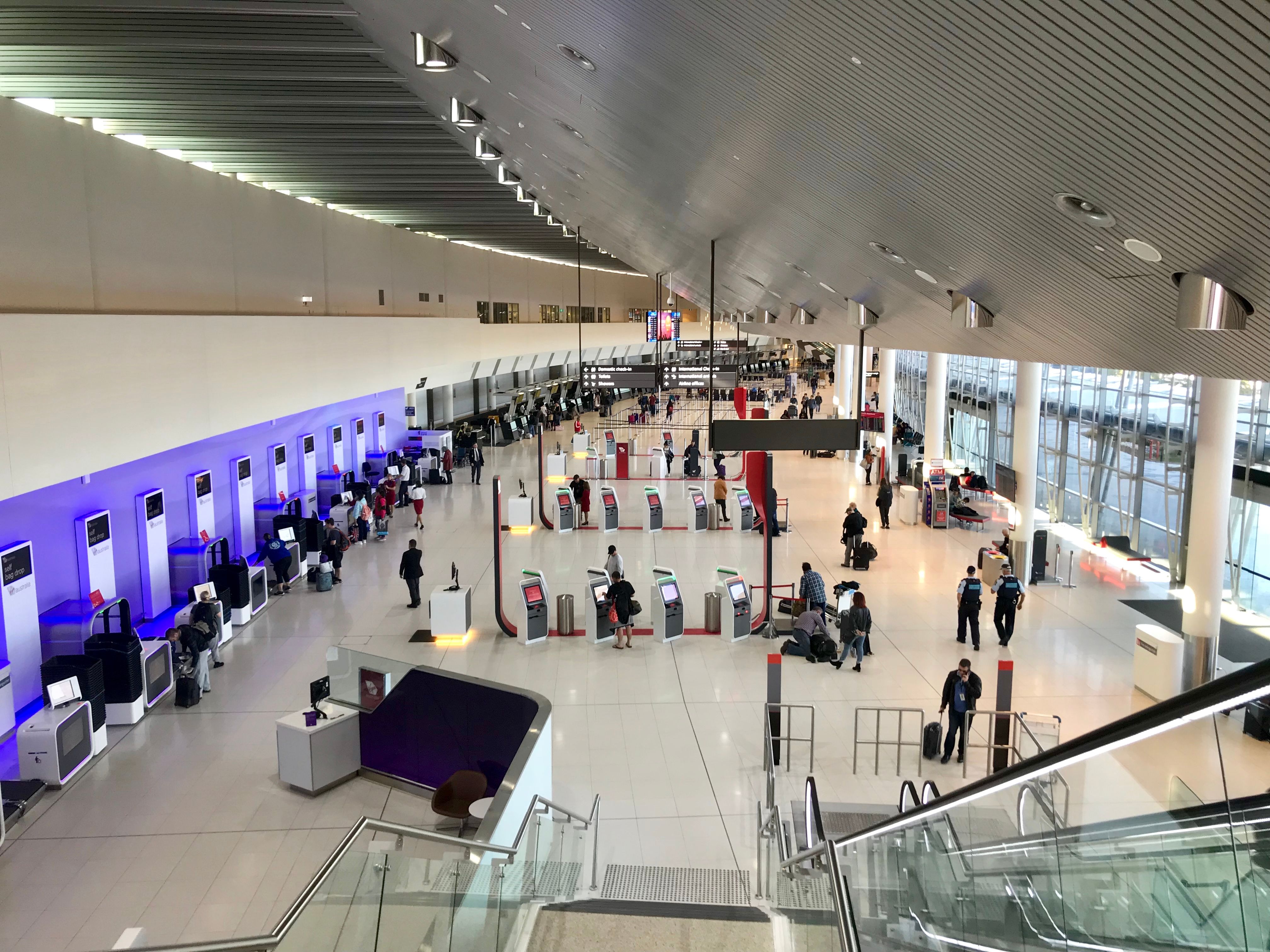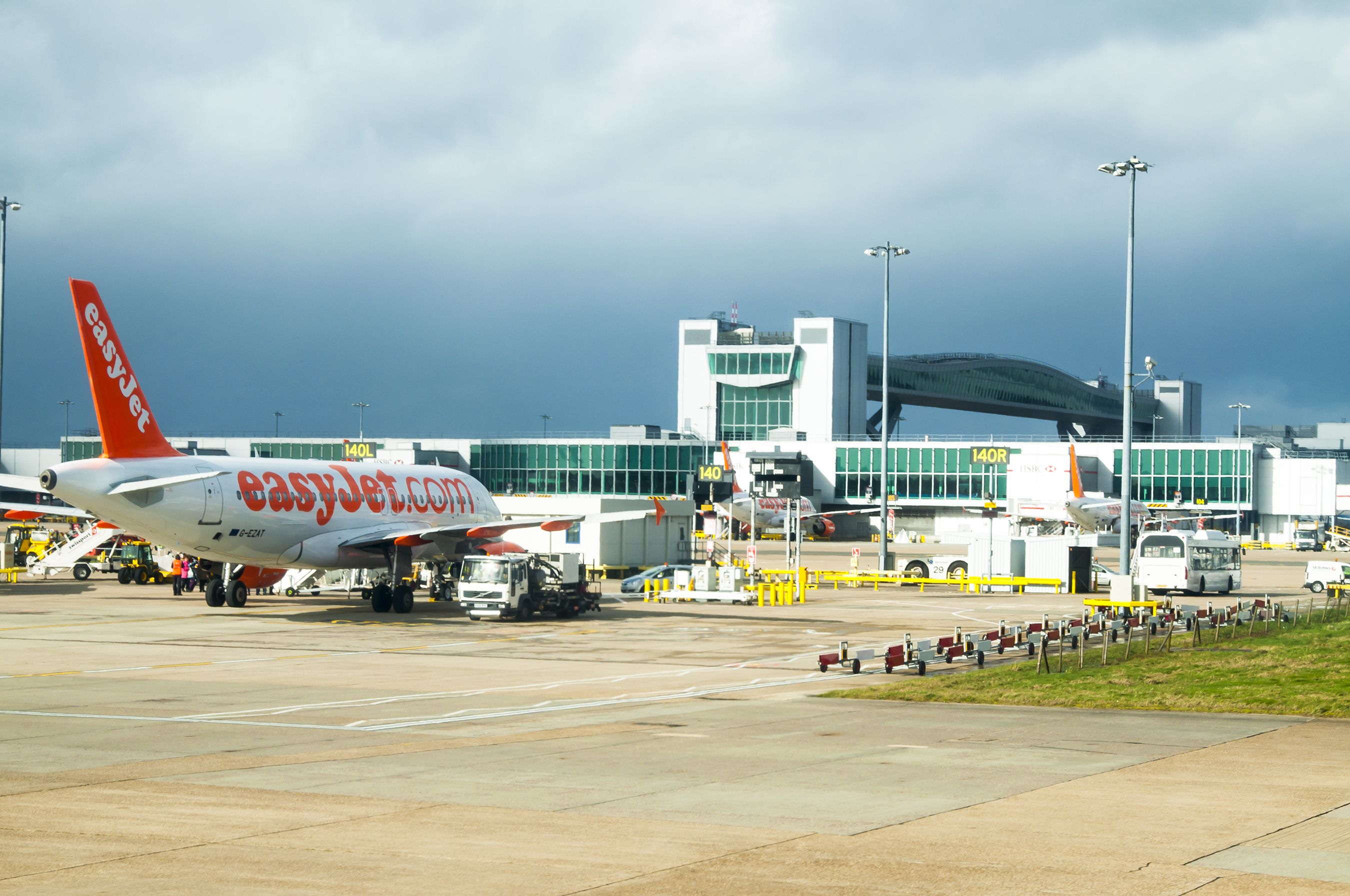Persistent Perth Resident Single-Handedly Files Half Of Australia’s Aircraft Noise Complaints in 2023
Summary
- A resident in Perth filed over 21,000 aircraft noise complaints, making up nearly half of all complaints in Australia.
- Complaint numbers have tripled since 2019 due to repeat complaints, with Aeroservices Australia reporting over 51,000 complaints.
- Airports worldwide, like London Heathrow, face noise pollution challenges, leading to restrictions on flights and an effort to balance industry needs and community well-being.
According to a report by the Nightly, a single resident of Perth has reportedly complained about noise from overflying aircraft more than 21,000 times in the last year. This accounts for nearly half of all complaints about aircraft noise in Australia. The complainant’s identity remains unknown, but their prolific record was revealed in numbers provided to a Senate inquiry investigating the impact of noise from aircraft on cities and regional centers.
The data presented in the inquiry shows that although the number of people complaining about aircraft noise has fallen since 2019, the number of complaints has tripled because those complaining are repeatedly doing so. The Federal Government organization responsible for managing the country’s skies, Aeroservices Australia, submitted information to the inquiry stating that complaints had doubled to 51,589 in 2023. However, more than 30,000 of these complaints came from just five people, with the complainant from Perth being the most active. The Perth complainant filed 21,716 complaints, averaging 60 complaints a day, one complaint for every seven aircraft leaving or arriving at the transport hub. In comparison, the next biggest complainant, from Brisbane, filed 4,071 complaints.

Related
Longest Route: South African Airways Resumes Airbus A340 Flights To Perth Australia
It is the troubled carrier’s longest service.
Other airports worldwide suffer from noise pollution.
Jet engines can be thunderous; the sound level of a jet engine at takeoff can reach up to 140 to 180 decibels, which is significantly higher than the safe exposure limit for human ears. It is no surprise that other airports worldwide have to respond to the challenge of noise pollution. One of the most notorious examples is London’s Heathrow Airport, which, while not located in the hyper-center of the European metropolis, is still surrounded by housing. The local government imposed rules capping the number of daily flights to combat this issue.
Photo: nanka | Shutterstock
Airport Watch has provided insight into the restrictions that the UK government imposes on three major airports in London, namely London Gatwick (LGW), Heathrow (LHR), and Stansted (STN). These restrictions are based on two different factors. The first factor is relatively simple and involves an annual cap on the number of aircraft movements between 23:30 and 06:00. This period is split between the summer and winter seasons, with different flights allowed in each. In other words, there is a limit on the number of flights that can take off or land during the night hours to ensure that noise pollution is minimal and that residents living near these airports can enjoy a peaceful night’s sleep. The UK government has implemented these measures to balance the aviation industry’s needs with the well-being of local communities.
Plans were underway to cut almost 50,000 flights at Amsterdam Schiphol airport 2024, down from a pre-pandemic high of 500,000. However, the US Department of Transportation declared the plans violating the 2007 US-EU Air Transport Agreement, and the EU also stated that the capacity cuts were not compliant with EU regulations.

Related
How Are Aircraft & Airport Noise Levels Measured & Monitored?
Noise is generally measured in decibels, but there are many ways those measurements are used and interpreted to determine levels of noise pollution.
Bottom Line
The aviation industry has grown dramatically since the 1960s, at the dawn of the jet age. As a by-product of the democratization of air travel, airports grew exponentially, leading to where we are today, where residents suffer from the significant number of daily flights in hub airports.
From curfews to caps, airports have found multiple ways to reduce noise pollution, which unfortunately does not seem effective as the number of complaints has tripled in Australia since 2019.
What do you think of these complaints? Let us know in the comments.




